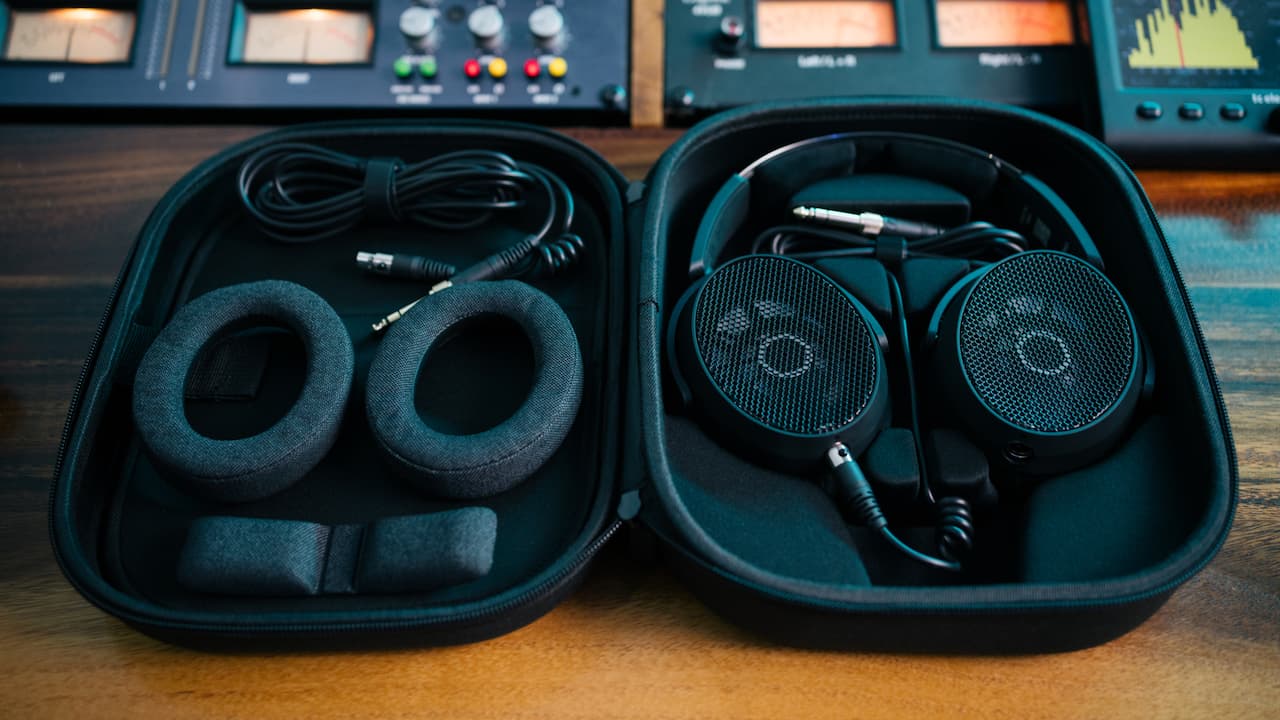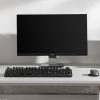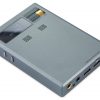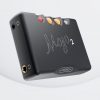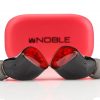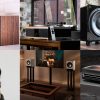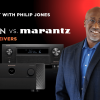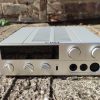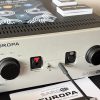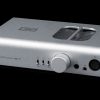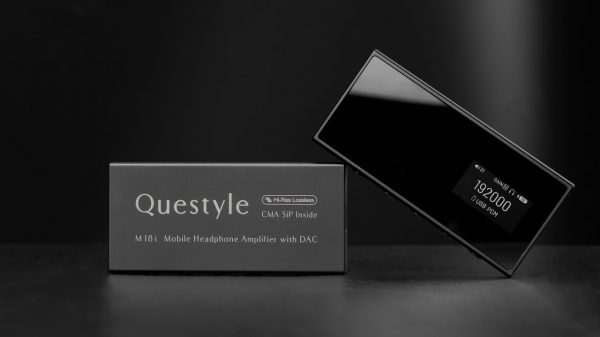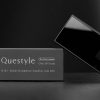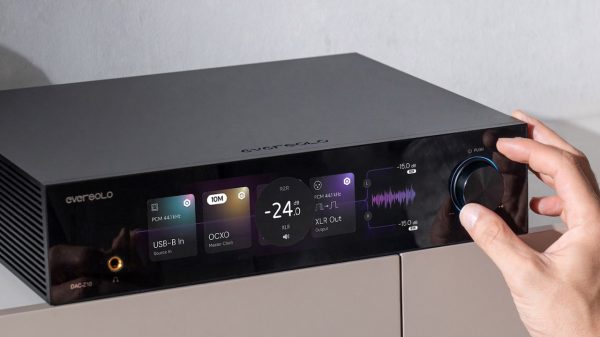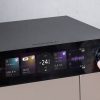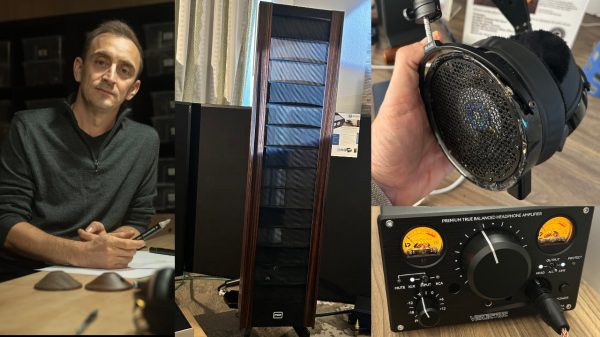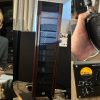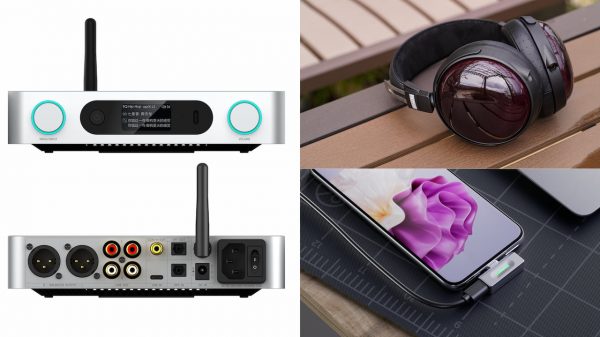Table of contents
- How Head-Fi Forums Sparked a New Generation of Audiophiles
- Before You Dive Into Headphone Accessories: What Beginners Should Know Tumbling Down the Rabbit Hole
- Desktop DAC/Amp vs Dongle DAC: Which Is Best for Your Headphones?
- Do High-Quality Headphone Cables Really Make a Difference?
- How High-Quality Earpads and Eartips Transform Your Headphone Experience
- Headphone Hygiene: Tips to Clean and Maintain Your Headphones
- Headphone Stands and Hangers: Protect Your Gear in Style
- DSP Software and Equalizers: Fine-Tune Your Headphones Like a Pro
- High-Resolution Streaming Services: Audiophile Sound at Your Fingertips
- Adapters and Converters Explained: Connect Your Headphones Anywhere
- The Bottom Line
If you’ve already spent good money on a solid pair of headphones or IEMs, you’re not done yet. The headphones are just the entry fee. To really hear what they can do and keep them in good shape, you need the right supporting gear. That means a proper headphone amp, a good dongle DAC, quality cables, ear pads, adapters, and yes, even a stand. Leaving your headphones face down on the desk isn’t an aesthetic choice; it’s how headbands die.
The right gear doesn’t just make your setup sound “good enough”—it slaps you awake and says, now you get why you spent your life savings on this crap. It keeps your rig comfortable, keeps it running, and saves you from the soul-sucking upgrade merry-go-round that traps so many poor fools. Buy smart, treat your headphones like adults, and they’ll last for years instead of mocking you from the shelf while you chase the next shiny thing.

And let’s be real—accessory vendors at CanJam shows have become some of the most exciting booths to visit, with a focus on real, tangible improvements. Gone are the days of the nonsensical tweaks that plagued Hi-Fi shows for decades—no, you won’t find magic clocks or green polishing markers that promise to improve your sound (spoiler alert: they don’t).
And let’s not forget the high-end audio rags that cheerfully promoted this junk. They absolutely deserved a public flogging—preferably with a silver-plated power cable. But like the foppish courtiers in a Blackadder court, they slithered off unscathed, too busy pocketing ad revenue and extolling the virtues of “miracle tweaks” to notice they were hawking snake oil to the last few souls who hadn’t yet drowned in audiophile despair.
These days it’s all about performance and value. And ideally, a lot less snake oil—unless you’re still the kind of optimist who thinks a $1,000 Ethernet cable can make lo-fi Spotify sound like Qobuz through an Aavik network player.
How Head-Fi Forums Sparked a New Generation of Audiophiles
One of the best things about the Head-Fi Revolution? It’s absolutely demolished the glass ceiling around better sound quality—and not a moment too soon. Unlike traditional high-end audio, which often catered to the same old suit-and-tie crowd with deep pockets and deeper prejudices, Head-Fi has become a radically more inclusive, diverse, and exciting space—welcoming younger listeners and (brace yourselves, old guard) more women into the fold. Somewhere, an audiophile society is clutching its pearls. But as Harry Bosch would say, “Everybody counts or nobody counts”—and that applies to music lovers, too.
Now it’s not just silver-haired audiophiles arguing over speaker wire—it’s a new generation of listeners, creators, and tinkerers who simply experience music differently but still care fiercely about sound quality. The gatekeeping is fading, the gear keeps getting better, and the future of personal audio is in far more interesting hands. Mazel tov.
The sonic advancements in personal audio over the past decade have been nothing short of staggering. And sure, we’ve seen the inevitable avalanche of gear with price tags that could fund a small band of mercenaries in the Congo —because of course someone thought the world needed a $108,000 headphone amplifier. (Spoiler: it didn’t.)
But for the rest of us living in reality, most headphone enthusiasts have far more reasonable budgets—and still want to squeeze every last drop of performance out of their gear. The good news? You don’t need to sell a kidney or start mining crypto to seriously level up your listening experience.
Before You Dive Into Headphone Accessories: What Beginners Should Know Tumbling Down the Rabbit Hole
The headphone and IEM market has exploded with options at every conceivable price point, making it a great time to be a music lover. Whether you’re working with a modest budget or ready to splurge, there’s an abundance of gear that delivers impressive sound without requiring a second mortgage.
You don’t need to chase $5,000 flagships to experience high-fidelity audio—in fact, pairing a well-tuned set of headphones or IEMs with the right Dongle DAC or desktop headphone amplifier can unlock a level of clarity, detail, and musicality that rivals setups costing significantly more. It’s all about synergy and smart choices, not just the size of your wallet.

One of the big draws of higher-end headphones and IEMs is their portability—finally, you can take audiophile-grade sound with you without hauling around a rack of gear. That said, maybe don’t rock your Audeze LCD-5s on the subway unless you’re feeling lucky (or have really good insurance). These days, it’s common to see headphone enthusiasts toting their setups to the office, especially if they can listen while working.
Just a word of advice: if you’re using open-back headphones, maybe save the full-volume Trent Reznor sessions for home. Your co-workers didn’t ask for the Nine Inch Nails experience.
It should also go without saying—but clearly it doesn’t—so here it is: clean your headphones and IEMs regularly. Ear gunk buildup isn’t just gross (seriously, eww), it can mess with your sound quality and hygiene. Also, just because your gear can crank to 11 doesn’t mean your ears should have to suffer for it. Protect your hearing—because once it’s gone, no amount of boutique DACs or planar magic is bringing it back.
It’s also worth picking up a solid case—especially if your headphones or IEMs didn’t come with one. Tossing them in your bag unprotected is a fast track to scratches, broken cables, or worse. Dekoni Audio has some great options worth checking out.
And while you’re at it, grab a few adapters. Dongle DACs, DAPs, and headphone amps come with all kinds of connectivity quirks, and having the right plugs on hand can mean the difference between “this sounds okay” and “wait, has this track always had that much detail?”
And please, for the love of all things good and worthy, don’t turn this fun, engaging world of headphone listening into an old-school audiophile snob fest.
That’s how the hobby grows. Remember, even Judge Smails had to start somewhere before he was whining about gopher infestations and demanding Billy Baroo. The runaway success of products like the Audeze Maxwell Gaming Headset shows just how much potential there is in this new wave of listeners. So be cool, Danny—don’t be a snob.
Where to start? Let’s take a look.
Desktop DAC/Amp vs Dongle DAC: Which Is Best for Your Headphones?
Why You Need It: Most computers and phones (if they even still have headphone jacks) can’t properly drive high-impedance or low-sensitivity headphones. That means your fancy cans might be running at a fraction of their potential—muddy bass, veiled mids, no dynamics, and zero soundstage. Enter the DAC/amp: a digital-to-analog converter paired with an amplifier that replaces your device’s mediocre built-in audio circuitry with something far more refined.

A good desktop DAC/amp combo offers cleaner power, better resolution, and often includes multiple gain settings to handle everything from sensitive IEMs to 600-ohm headphones. If you’re after the best possible sound at your desk, this is the way to go.
For on-the-go use, Dongle DACs have exploded in popularity for good reason. These little USB-C or Lightning-powered devices offer a huge upgrade over built-in smartphone audio—especially when your phone doesn’t even have a headphone jack (thanks, Apple). Compact, portable, and often surprisingly powerful, they’re a must-have for anyone who wants serious sound from a mobile device without carrying a full stack.
You can read our rather extensive list of Dongle DAC reviews here.
- Schiit Magni Unity/Modi+ Stack ($149 at Amazon) – Budget-friendly, American-built, clean power.
- iFi ZEN CAN V3 ($229 at Amazon) – A high-performance desktop amplifier that strikes an excellent balance between functionality, sound quality, and value.
- Questyle M15i ($199) – Powerful, compact, and audiophile-grade output for 600 ohm headphones.
- JDS Labs Element IV ($549) — Designed and built in the U.S.A, powerful and offers a transparent, neutral sound signature, allowing headphones and other connected devices to retain their natural characteristics without added coloration.
- Topping A50 III ($199 at Amazon) — best for power hungry IEMs and headphones and those seeking an illuminated tonal balance.
Do High-Quality Headphone Cables Really Make a Difference?
Why You Need It: Let’s face it—stock cables are often an afterthought. They’re frequently too short, prone to tangling, and in some cases, built like they were designed to self-destruct after six months of regular use. Upgrading to a high-quality headphone cable can improve durability, flexibility, and even comfort, especially if you’re dealing with microphonic noise (that annoying rustling sound transmitted when the cable rubs against your clothes or desk).

Premium cables are also available in different materials—oxygen-free copper for warmth and richness, or silver-plated copper and pure silver options that can offer slightly more detail and clarity (though the sonic difference is subtle and often system-dependent).
You’ll also want to pay attention to connector types:
- 2-pin and MMCX for most IEMs
- Mini-XLR, dual 3.5mm, and proprietary connectors for full-size headphones
- Balanced plugs like 2.5mm, 4.4mm Pentaconn, and 4-pin XLR if you’re pairing with balanced amps or sources
That said, don’t get carried away. While upgraded cables can enhance ergonomics and offer small improvements in clarity or channel separation, they won’t magically transform a $100 pair of headphones into an orgasmic experience. As a general rule of thumb: never spend more on the cables than the headphones themselves. A budget of $200 to $300 is the upper limit for most sane people—unless you’re auditioning cables on a yacht next to your $10,000 electrostats, in which case, carry on and tell Jeff Bezos our wedding invite must have been an oversight.
What to Look For:
- Braided or shielded for noise rejection
- Balanced XLR or 4.4mm Pentaconn if your amp supports it
- Reliable brands like AudioQuest, ddHiFi, Dekoni Audio, GuCraftsmen or Meze Audio
How High-Quality Earpads and Eartips Transform Your Headphone Experience
Why You Need It: If you’ve ever yanked off your headphones after an hour because your ears felt like they were being slow-cooked, you already know why good earpads matter. Comfort is non-negotiable when it comes to long listening sessions, and upgrading to premium earpads can dramatically improve both how your headphones feel and sound.
Over time, stock pads wear out—they flatten, lose their cushioning, and can even flake or tear. When that happens, it doesn’t just affect comfort, it alters the distance between your ears and the drivers, changing the soundstage, clarity, and even the bass response. In other words, your headphones won’t sound the way they were designed to. Earpads play a critical role in passive isolation by creating a physical seal around your ears, which helps block external noise and prevents sound leakage—directly affecting both perceived clarity and bass response.

Different types of earpads offer different benefits:
Velour: Soft, breathable, and great for long listening sessions, velour earpads are a favorite for comfort. They don’t trap heat like some other materials, but they also don’t seal in sound well—meaning more sound leaks out and more ambient noise creeps in. That makes them ideal for open-back headphones, where airflow and natural soundstage are already part of the design philosophy.
Leather (Genuine or Protein): Leather earpads—whether real or synthetic (like protein leather)—offer a more secure seal around the ears, which enhances bass response and passive noise isolation. They’re commonly used with closed-back headphones and studio monitors where isolation and impact matter. However, they can get warm during long sessions and may not be as breathable as velour.
Suede/Alcantara: A softer, more luxurious alternative to velour or leather, suede and Alcantara pads strike a balance between comfort and seal. They’re often used in premium headphones for their upscale feel, slightly warmer sound signature, and moderate isolation. They’re also less prone to causing sweat buildup compared to leather, though not as breathable as velour.
Hybrid (Leather exterior + Velour/Suede face): Hybrid earpads combine materials to get the best of both worlds—leather around the edges for improved seal and bass response, and velour or suede where the pads touch your skin for added comfort and breathability. These are great all-rounders and often seen on higher-end headphones that aim to balance isolation, comfort, and a natural soundstage.
Foam (Standard or Memory Foam): Most earpads include a foam core, but the type matters. Standard foam is lighter and more affordable, while memory foam conforms to your head shape for a better seal and comfort over long sessions. Foam density can also affect sound—firmer foam often leads to a tighter, more controlled low end.
The pad thickness and shape also impact the headphone’s soundstage, imaging, and tonal balance. A thicker pad increases ear-to-driver distance, often widening the soundstage but potentially reducing bass impact. Shallower pads do the opposite.
Some listeners even experiment with different pad types to “tune” their headphones to taste—yes, it’s a thing, and no, you don’t need an engineering degree to try it.
Great Options:
- Dekoni Audio (velour, hybrid, sheepskin options for many models)
- ZMF Pads – Luxurious and designed to fine-tune sound on ZMF and other high-end headphones.
Eartips
Why You Need It: If your IEMs sound like hot garbage or keep falling out of your ears every time you so much as blink, it’s probably not the gear—it’s the eartips. A proper seal is everything when it comes to getting the best bass response, clarity, and noise isolation out of your IEMs. Crummy stock tips? Toss ’em.

Upgrading to premium eartips like SpinFit, Comply Foam, Final Audio Type E, or AZLA SednaEarfit can instantly level up your sound and comfort game. Some offer better grip for active use, others give a softer seal for marathon sessions, and foam tips in particular can tame sharp highs on brighter IEMs. Just don’t be that person swapping tips without cleaning them first. Seriously—your ears (and anyone who sees you) deserve better.
Headphone Hygiene: Tips to Clean and Maintain Your Headphones
Why You Need It: Because nothing ruins a $500 headphone experience faster than gunk-filled earcups that smell like a gym sock and sound like a wet sponge. You wouldn’t eat off dirty plates (we hope), so why shove filthy earphones into your ears?
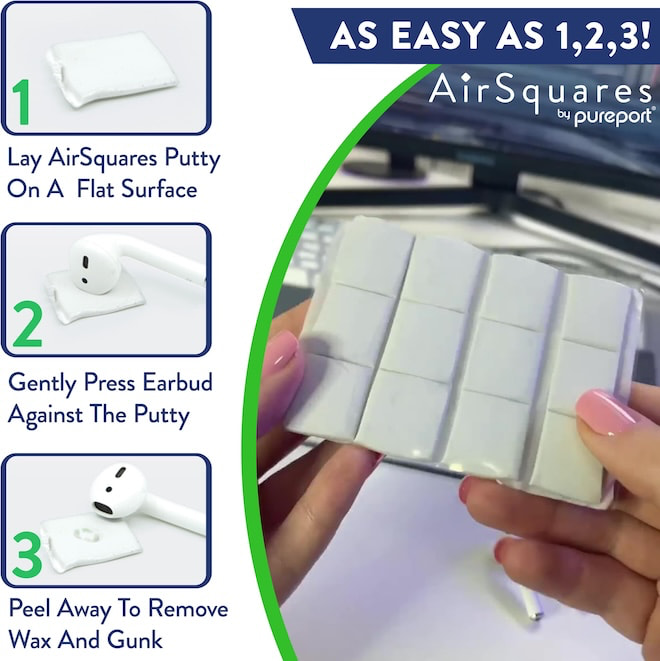
Over time, dust, earwax, sweat, and skin oils build up on your earpads, grilles, and even inside your IEM nozzles—especially if you’re the “shove in pocket and pray” type. Not only is this nasty, but it can also muffle sound, clog drivers, and straight-up ruin your investment. Want your IEMs to sound like you’re listening through a paper towel? No? Then it’s time to clean them.
Grab some soft brushes, microfiber cloths, isopropyl alcohol wipes (70% only!), compressed air, and maybe a loop or earwax tool for more precision work. Some brands even sell kits specifically for headphone and IEM maintenance.
Oh, and don’t forget to clean your headphone pads, especially if they’re leather or memory foam. A quick wipe down can prolong their life and keep the smells at bay.
If your mom wouldn’t let you leave the house in dirty socks, imagine what she’d say if she saw what’s crusted inside your earbuds right now. You’re better than this. Maybe not. Clean your gear.
Get Yourself:
- Microfiber cloths
- Soft-bristle brushes
- Isopropyl wipes (careful on leather or suede)
- A headphone stand to keep them off dirty desks
Headphone Stands and Hangers: Protect Your Gear in Style
Why You Need It: Dropping your headphones on the desk like Harry Bosch slamming down his badge isn’t a vibe—unless you’re into scratches, tangled cables, and general chaos. A proper stand or hanger keeps your setup clean, your cans safe, and your desk looking less like a crime scene. Treat your gear better than Bosch treats LAPD bureaucracy — not like he’s wrong.
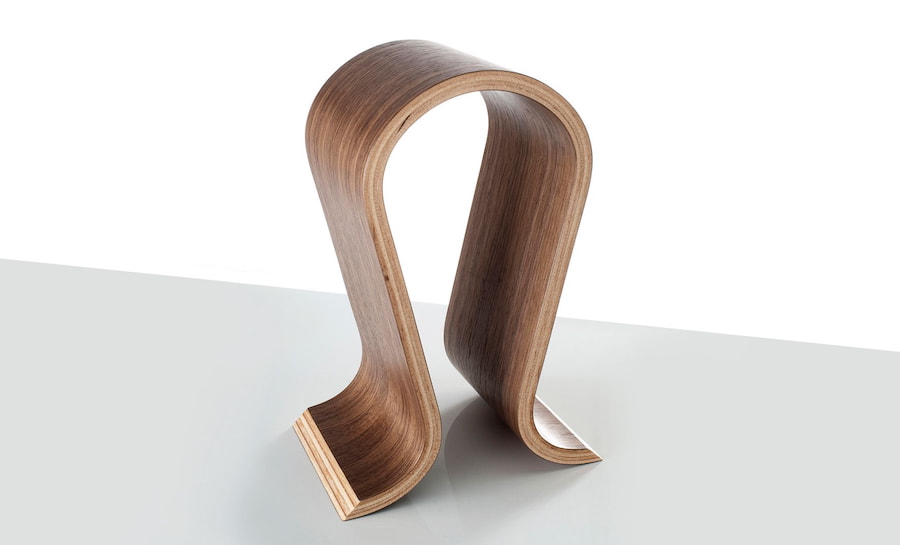
Best Choices:
- Sieveking Sound Omega ($199.99 at SoundApproach) – Elegant and sturdy (beware of cheap knockoffs)
- Razer Base Station V2 Chroma ($69.99 at Amazon) — Those requiring desktop charging and a wider perch for bigger headbands.
- Brainwavz BigT Dual Headphone Hanger ($12.99 at Amazon) — Those who are challenged for space on the desktop and want easy access to 2 pairs of headphones.
DSP Software and Equalizers: Fine-Tune Your Headphones Like a Pro
Why You Need It: Not every headphone nails your preferred sound signature out of the box—enter DSP and EQ software. Whether you’re craving more sub-bass, taming treble peaks, or just fixing a quirky midrange, a solid EQ setup can make a good headphone sound great. Many modern DAPs, Dongle DACs, and even some desktop amps now include built-in customizable EQs, letting you fine-tune your sound without diving into software. It’s like giving your headphones a personality makeover—no surgery required.

Must-Try Tools:
- EQ APO + Peace GUI (Windows)
- Roon DSP or Apple Music EQ
- Sennheiser Sound Control or Audeze Reveal+ for brand-specific tuning
High-Resolution Streaming Services: Audiophile Sound at Your Fingertips
Why You Need It: Lossy streaming just doesn’t cut it when you’ve invested in quality headphones or IEMs. If you’re still streaming your favorite albums at 320kbps or worse, you’re basically feeding filet mignon to a blender. Services like Qobuz, TIDAL (with FLAC now, thankfully), and Apple Music offer lossless and high-res audio that lets your gear shine. And yes, Spotify finally rolled out lossless 24-bit/44.1kHz FLAC for Premium subscribers—still feels like waiting for the second coming of The Chronic.
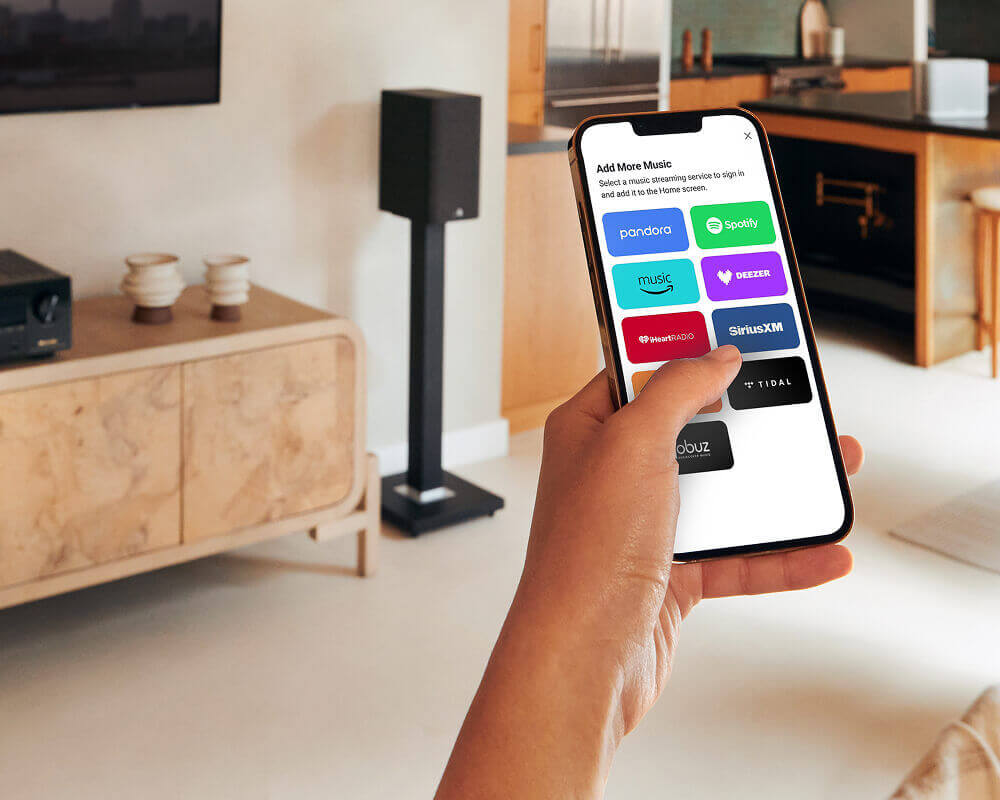
Top Platforms:
- Qobuz – Hi-res and lossless audio
- TIDAL – Hi-res and lossless with Dolby Atmos spatial audio
- Apple Music – Hi-res and lossless with Dolby Atmos spatial audio
- Amazon Music – Hi-res and lossless with Dolby Atmos and Sony 360RA spatial audio
- Spotify – Finally offers lossless audio
Adapters and Converters Explained: Connect Your Headphones Anywhere
Why You Need It: Because the audio world is about as standardized as a Quentin Tarantino timeline. Between 2.5mm, 3.5mm, 4.4mm balanced, 6.35mm, XLR, Lightning, and USB-C, you’ll quickly learn that your new gear often doesn’t play nice together without some help. Adapters keep your setup flexible and make sure you’re not stuck with a useless pair of headphones just because your new dongle DAC is feeling “balanced only.”

Recommended Adapters:
- iFi 4.4mm to 3.5mm Adapter ($19 at Amazon) – Great for stepping down balanced cables to single-ended without losing your mind over quality loss.
- ddHiFi DJ65M (6.35mm Female to 3.5mm Male) ($29.99 at Amazon)– It doesn’t seem like it would be particularly hard to create an adapter from ¼ inch (6.35mm) to other sizes, but experience has proved otherwise. The DDHifi DJ65M provides a Neutrik 6.35mm female port, and a 24k plated 3.5mm male jack connected by high-purity OCC copper wire all housed in a machined 6063 aluminum alloy for durability.
- ddHiFi TC35C (Lightning or USB-C to 3.5mm) ($39.99 at Amazon) – A clean, compact dongle for phone users who just want something that works without being bulky.
- ddHiFi DJ44AG (2.5mm Female to 4.4mm Male) ($25.99 at Amazon) – Ideal if you’re upgrading to gear with a 4.4mm balanced output but still using older 2.5mm cables.
- Mogami Gold TRSXLRM 6.3mm to XLR Cable ($59.95 at Amazon)– Audiophile-approved with excellent shielding—perfect for desktop setups that need XLR flexibility without a sonic hit.
The Bottom Line
With the right accessories—like a decent dongle DAC, premium earpads, a solid headphone stand, and maybe even a cable that doesn’t disintegrate on first use—you can turn even modest gear into a setup that delivers far more and lasts longer.
The beauty of the modern Head-Fi scene is its accessibility, diversity, and total lack of patience for gatekeeping snobs who think Spotify is a crime against humanity (which it sorta is). You like AirPods? Great. You’re into $300 planar IEMs and carry a DAP like it’s 2005? Even better. There’s room for everyone, and if anyone tells you otherwise, just cue up some Nine Inch Nails and turn it up loud—preferably with closed-backs at the office.
Related Articles:
- CanJam SoCal 2025 – Best in Show & Honorable Mentions
- CanJam NYC 2025 Headphone Highlights: HiFiMAN, Meze Audio, Audeze, Focal, Pud and More
- Sennheiser HE1: What Goes Into a $70,000 Pair of Headphones
- Audeze LCD-5 Headphones Review: Long Live the King?
- Audeze CRBN2 Electrostatic Headphones Review: Is it Time to Sell Your Loudspeakers?
- Best Audiophile (Wired) Headphones: Editors’ Choice

